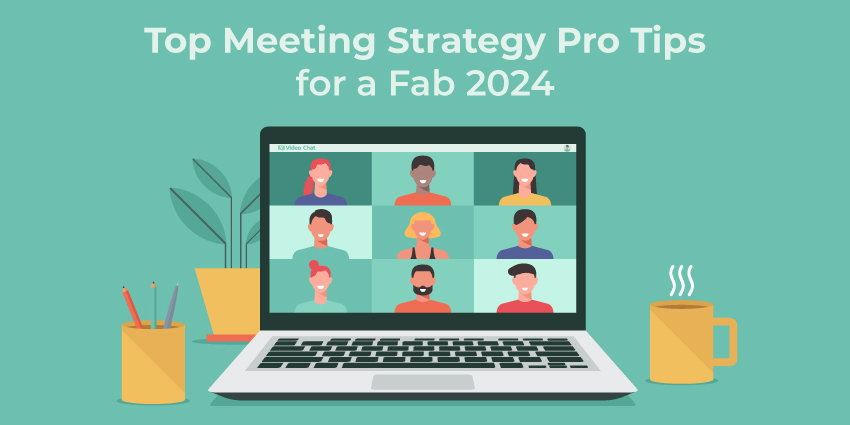What is Search Intent? (and how to use it)
Using Google search intent to your advantage

SEO is a must-have investment for businesses of all sizes. Around 68% of online experiences begin with a search engine, so if you’re not ranking, you’re missing out.
Good search engine optimisation strategies often address a lot of factors, all the way from generating backlinks through collaborations with and guest posts on authority domains, to PPC advertising. However, it’s not enough to simply gather backlinks and rank for the best keywords, you also need to understand your audience and their intent.
So, what exactly is search intent? Simply put, it’s the art of understanding what your customers want to accomplish when they’re searching for specific terms online. Today, we’re going to explore the basics of search intent, and what it means to your audience.
What is Search Intent?
Search intent or audience intent is a SEO term used to refer to the purpose behind your customer’s search when they look for something specific online. Search intent addresses the reason why someone comes to your site, whether they’re looking for information, or aiming to buy something.
Until recently, “intent” wasn’t something that Google considered too much. However, the addition of things like artificial intelligence into the Google ranking algorithms has made intent far more important from an SEO perspective. Google’s algorithms now work hard to ensure that they’re giving customers results based on the context of their search, not just the words they type.
As the most popular search engine in the world, Google stays ahead of the curve by giving the best possible experiences to customers. Google makes it a mission to organise information in the best way for customers, and this means considering the reasoning that goes into each search.
The Types of Search Intent: Informational & Navigational
So, what are the different kinds of search intent?
The first option is “informational” intent. Lots of searches on the internet are conducted by people searching for just information about a specific, topic, like contact centres, or VoIP. Google’s understanding of intent goes beyond simply showing information about a specific term.
Google also tries to understand the reasoning behind searches for information on a deeper level too. For instance, most people searching for VoIP will want to know what the term means, and how the technology works, not how to install a VoIP connection.
Another common kind of search intent is “navigational” intent. People with this purpose want to visit a specific website. For instance, if someone types “Facebook” into Google, they probably want to visit Facebook. Generally, you won’t need to spend as much time and money on ranking for navigational terms, because these are designed for people who want to find your site specifically.
Commercial and Transactional Intent
There are other kinds of search intent that indicate the presence of a potentially more valuable customer. For instance, transactional intent is the search intent of someone searching for something they want to buy on the internet. Someone might have transactional intent when they look for “VCaaS services near me” for instance.
Commercial investigation intent is another separate kind of intent that indicates a person’s intention to purchase something in the near future. For instance, someone might search for “which VoIP phone is best” or “Top IP phones” online. This indicates that the person is doing some research to help them in their purchasing decision.
Using Intent in SEO
Used correctly, intent can be a valuable part of your SEO strategy. Using the right keywords, like specific product names, “how to” or “near me” in some of your long-term search phrases will improve your chances of ranking for the correct terms.
When you’re creating content for intent, you’ll want to think about how you can target users at different stages of the buyer journey. At the top of the sales funnel, you’ll be creating more informational articles and how-to guides for people in search of guidance solving a specific problem. When your customers get down to the bottom of the funnel, they’ll be looking for content tailored to transactional or commercial intent.
A good content strategy involves building your landing pages, content marketing campaigns and other strategies around keywords that your customers are searching for at crucial points in their decision-making process.
By making sure the content you’re writing fits with the terms your clients are searching for, and the intent of your target audience, you boost your chances of earning conversions.




